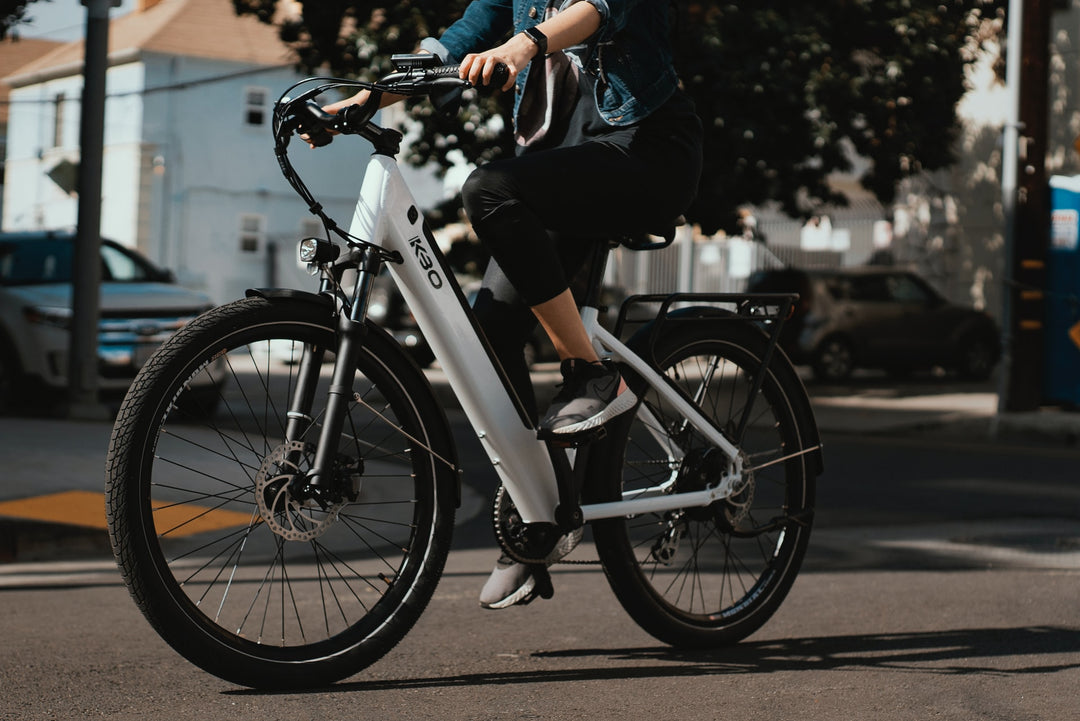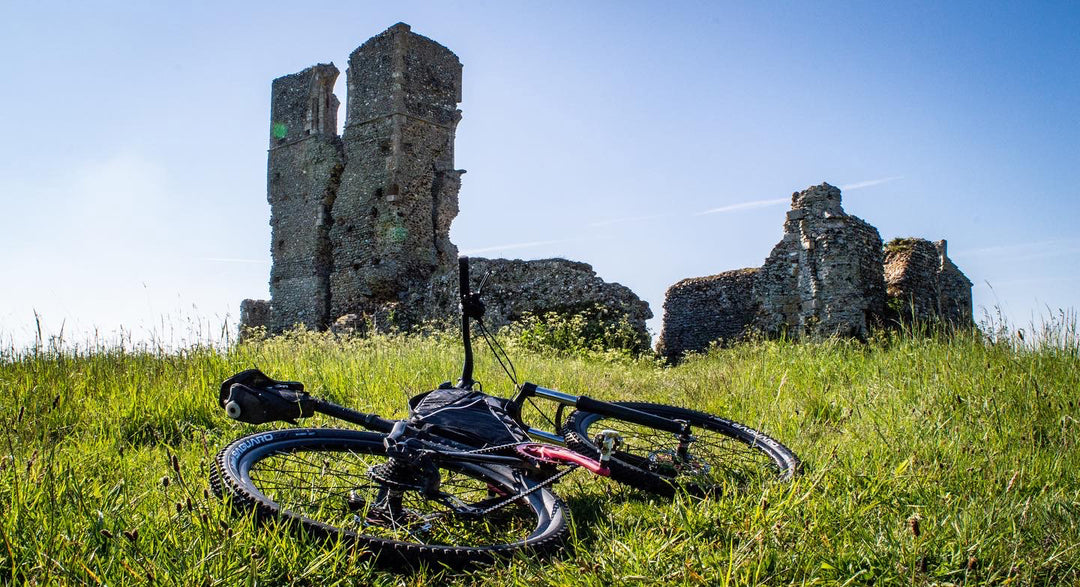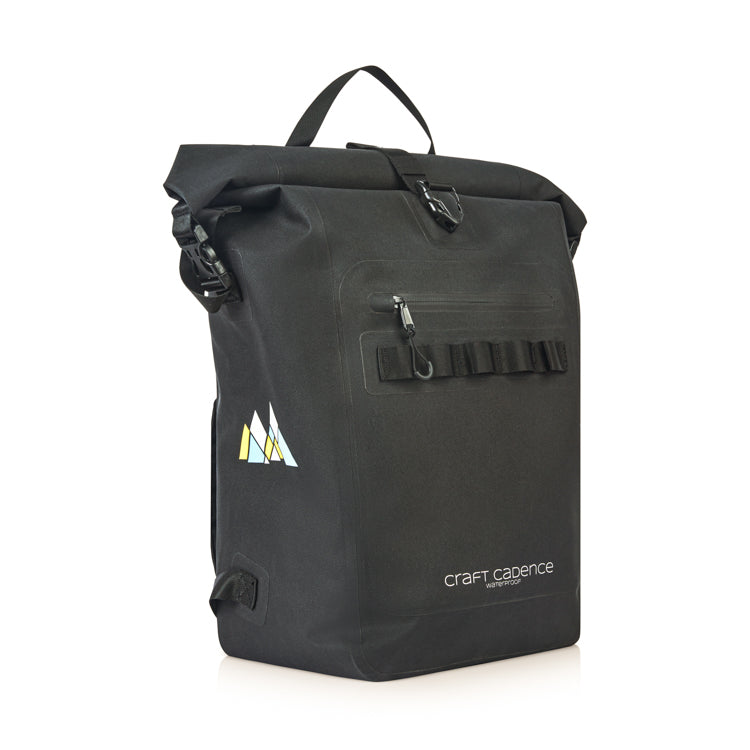How to cycle safely during the coronavirus COVID-19 Outbreak
Around the world, countries are implementing social distancing measures or locking down communities and cities in response to the coronavirus COVID-19 outbreak.
Currently, the United Kingdom are not under complete lockdown. As of 22nd March 2020, whilst internal gathering in pubs, cafes, restaurants and public entertainment venues have been banned, people are still allowed to leave their homes and shops are still open for business. The measures in the UK are relatively lax compared to European counterparts such as Italy, Spain and France. In fact, restaurants and cafes can still provide a takeaway service, and the social distancing guidance is specifically pointed towards the elderly and those with underlying health conditions.
A solitary ride on 21st March through the city of London and Hyde Park showed surprisingly large crowds still gathering in Hyde Park. Yes, most were families out for a walk by themselves, or joggers and cyclists like myself. However, there were worrying signs of queues lining up for coffee, small groups of friends hanging out. At the end of the ride, one could not help but feel guilty, that I was myself contributing to the throngs of people out on streets, creating unnecessary risk to our National Health Service (NHS).
While recreational riding can be considered safe according to British Cycling and is currently legal, it has been banned in France and Spain owing to the risk that if you have an accident, you will add to the strain that the healthcare system is already facing in response to COVID-19. Now is just not the time for the healthcare system to bear that additional risk. However, the argument against would be that driving has not yet been outlawed in those countries, at the accident rate of motor vehicles is actually higher than that of recreational riders. Whatever the argument, riding will continue to happen in the UK and around the world until similar bans are in place and even if they are, key workers will still need to ride their bicycle to work in many countries.
The key question is, how do cyclist go above and beyond to ensure that they are completely safe, so that they do not create additional risks and burdens on the healthcare system? To answer that, we have looked at leading scientific journals and have tried to apply their findings in the context of cycling.
Ride by yourself
The safest thing you can do is to ride by yourself. It may be ok to ride with friends/family members from your own household, but try to keep things simple in these special times. The more company you have, the more likely you will come into contact with their friends, and a social knock-on impact ensues.
Don't ride during peak times, and avoid the city centre
This may not be an option for key workers, but if everyone rode in little groups during the nicest, sunniest parts of the day in the best parts of town, our roads and paths could quickly become busy. Try to get a work out in early in the morning whist everyone is still asleep.
Keep a safe distance from other individuals
If you ride on your own, you may come into contact with other cyclist riding past you, or cyclists coming by you from the opposite direction. Generally speaking, you will be safe from other cyclists and pedestrians that you pass by during your ride. If you cannot avoid riding in a group, especially with people you do not know, it is essential that you keep a safe distance.
If you find yourself riding in a group, especially with people not from your household and end up being in contact, it is essential that you keep a safe distance. While most government advise a distance of 1-2 metres, a research paper in the journal Practical Preventive Medicine, and reported by the South China Morning Post, suggests that once released by a carrier, the virus can stay up in the air for up to 30 minutes (and therefore be breathed in by someone in close contact, or landing on surfaces as droplet particles), and travel up to 4.5 metres if in an enclosed space. Another study even suggests that the virus can be airborne for up to 3 hours.
Therefore, if you wanted to eliminate any risk, do not socialise with other riders in an enclosed environment during your ride and even if outside, keep an extra wide distance or avoid contact altogether.
Does wearing a mask help? Yes, but it depends
This is probably the most controversial topic of this article as most government advise that wearing masks do not make a significant difference to contracting the virus, but that washing your hands will.
The chances that you will breathe in droplet particles when out riding is none to minimal at best. However, there could be occasions where you need to come into contact with people, for example if you had a puncture and someone offers help, or you need to go to a shop to purchase essentials.
In these scenarios, you may come into close contact with other individuals. There are different definitions of close contact. The basic rules of thumb are:
- face to face for at least 15 minutes, where you are 1-2 metres apart; or
- having direct contact with infectious secretions of a COVID-19 case (e.g., being coughed on)
In such cases, the evidence would suggest that having a mask will reduce the chances of contracting the virus. This is not disputed by the scientific community, as evidenced by the recent appeal by the Royal Australian College of GPs (RACGP) for the government to provide protective N95 masks to general practitioners (GPs) and other health workers who come in contact with potential COVID-19 patients. In response, the government has released 500,000 protective masks to these key workers. The masks are said to be vital as they can prevent 95% of small particles, including pathogens from entering the nose and mouth.
If masks help prevent infections on general practitioners, then the same advice should equally apply to everyday individuals, who may come into close contact with infectious individuals during daily life. The issue may be more due to the shortage of masks in certain countries, rather than their efficacy. Thus, the greater issue around masks is one of resources. A N95 mask may be effective if worn properly for the everyday individual, but every mask snapped up by an individual means one less available to health practitioners.
To help with the overall effort against COVID-19, we should avoid situations whereby people may cough directly on you, or being in close range with another individual for a prolonged period, even if the individual is not showing any signs of COVID-19 symptoms. This is because, as documented by a case study from the New England Journal of Medicine in Germany, COVID-19 appears to be transmittable during the incubation period, even before the carrier shows any signs of COVID-19 symptoms (i.e. they are asymptotic).
If you do think you will find yourself in these situations, then it appears that wearing a mask will indeed help, but will not guarantee that you will not be infected. In any case, possibly the greatest benefit of wearing a mask is actually that it prevents you from touching your face and mouth. That in itself is a good enough reason to wear a mask, or a pair of glasses for that matter.
Disinfect everything and wash your hands
In one thing we know about the coronavirus is that once released by a carrier, the droplet containing the virus will remain to surfaces for a period of time. If one touch the surface and then touch one's face, the virus can then be transmitted into our bodies. In the paper "Aerosol and Surface Stability of SARS-CoV-2 as Compared with SARS-CoV-1", scientists looked at how long the virus is able to survive on a range of surfaces. See below.

The summary is that the virus can survive up to four hours on copper, up to 24 hours on cardboard and up to two to three days on plastic and stainless steel.
It is impossible to tell what may have come into contact with the virus during your ride. However, it would be prudent to wash all clothing after your ride, and to disinfect everything you have brought during your ride, including your bike itself, if you store your bike inside in your home.
The most important thing you can do when you arrive home is to thoroughly wash your hands for 20 seconds, before you touch anything else in the house. Common touch points such as door knobs and drawers handles should also be disinfected regularly using alcohol solutions.
Coming up, we will dedicate a blogpost on how to disinfect your Craft Cadence backpack after a ride out. Thankfully, since it's 100% waterproof, you can apply soap water directly to clean and kills any viruses and germs.
Summary
Cycling will continue to be a popular activity during the COVID-19 outbreak, as it is a mode of transportation that does not require close contact with other individuals. However, care should be taken to ensure that us cyclists do not put additional strain on our vital healthcare systems. Some of the recommendations in this article may seem draconian and extreme. However given the scale of the crisis and what the scientists are telling us, it pays to be err on the side of caution.



